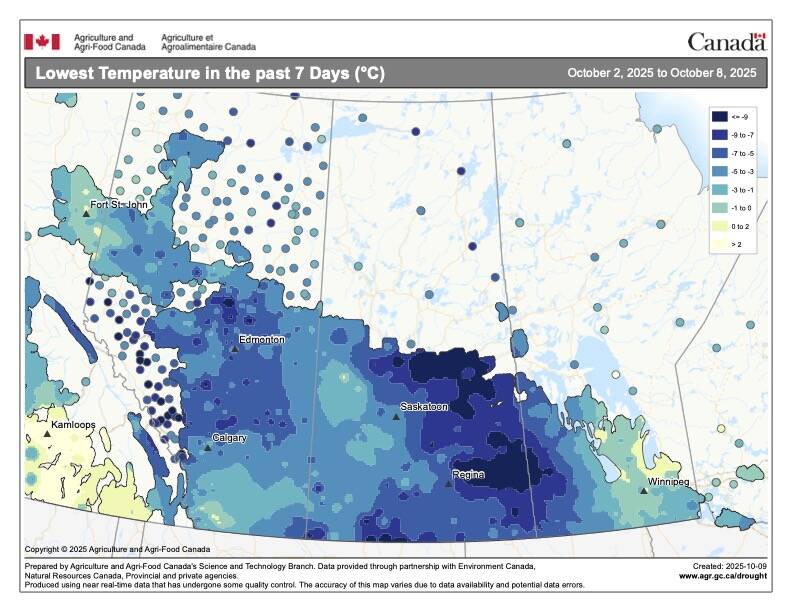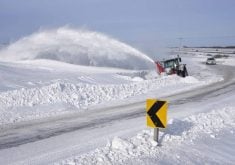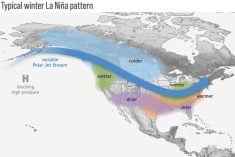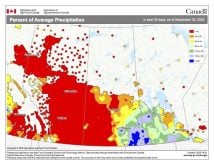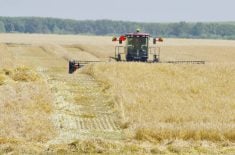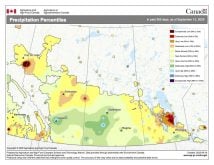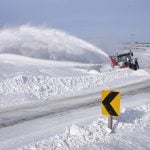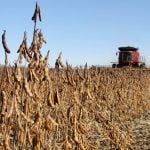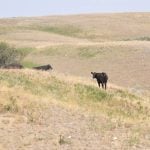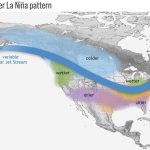Back in the 1980s, when I was in university, I wrote my thesis on changes in the length of the frost-free periods in southern Manitoba — so this column tackles a topic I’ve had a long-standing interest in.
Looking back at this year’s growing season, it was, on average, longer for most farmers across the Prairies. You can see this in the tables accompanying this article, which show the average date of the last spring frost, the first fall frost and the average length of the frost-free season. I did not differentiate between a light frost, which is when the temperature drops just below freezing, and a killing frost which is when temperatures are colder than -2.2 C.

Let’s start our look with the last spring frosts. Calgary, Regina, Winnipeg and Brandon all recorded the last spring frosts on either May 6 or 7. This was about two weeks earlier than average. Peace River, Edmonton and Saskatoon saw the last spring frost around the middle of May, which is about a week earlier than average. Dauphin recorded its last spring frost on May 24, making it the only location coming in later than average.
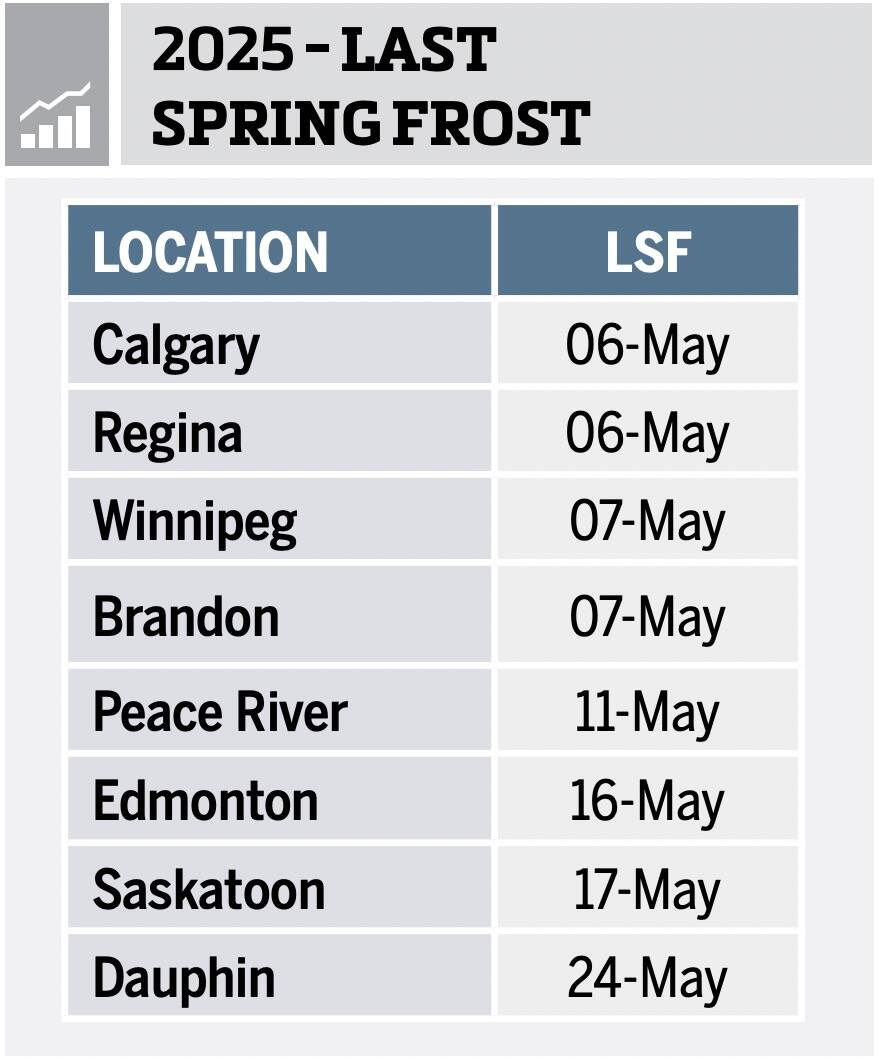
Jumping to the first fall frost, we find that it was bit more of a mixed bag. Peace River, Regina and Brandon recorded their first fall frosts from Sept. 5 to 7. These were all earlier than average by a week to 10 days. Edmonton and Saskatoon were the next to see frost with both locations recording their first fall frosts on Sept. 25. This was 10 to 15 days later than average. For Calgary, Dauphin and Winnipeg, it took until the end of the first week of October to see the first fall frost. This is about two weeks later than average.
Read Also
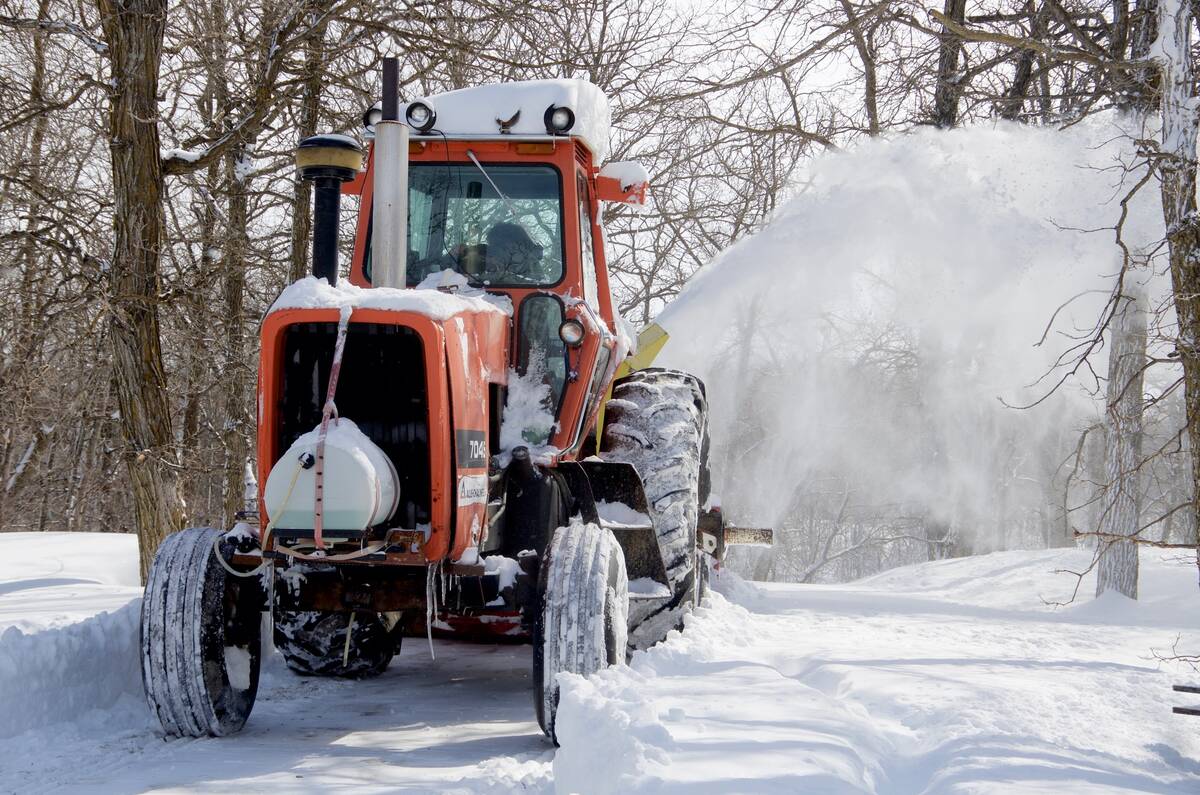
Prairie farms race to get ready for winter 2025
Equipment needs to be winterized and stored; fall field work needs to be done and there are a million tiny jobs to make sure both the farm yard and farm house are ready for the snow to fly
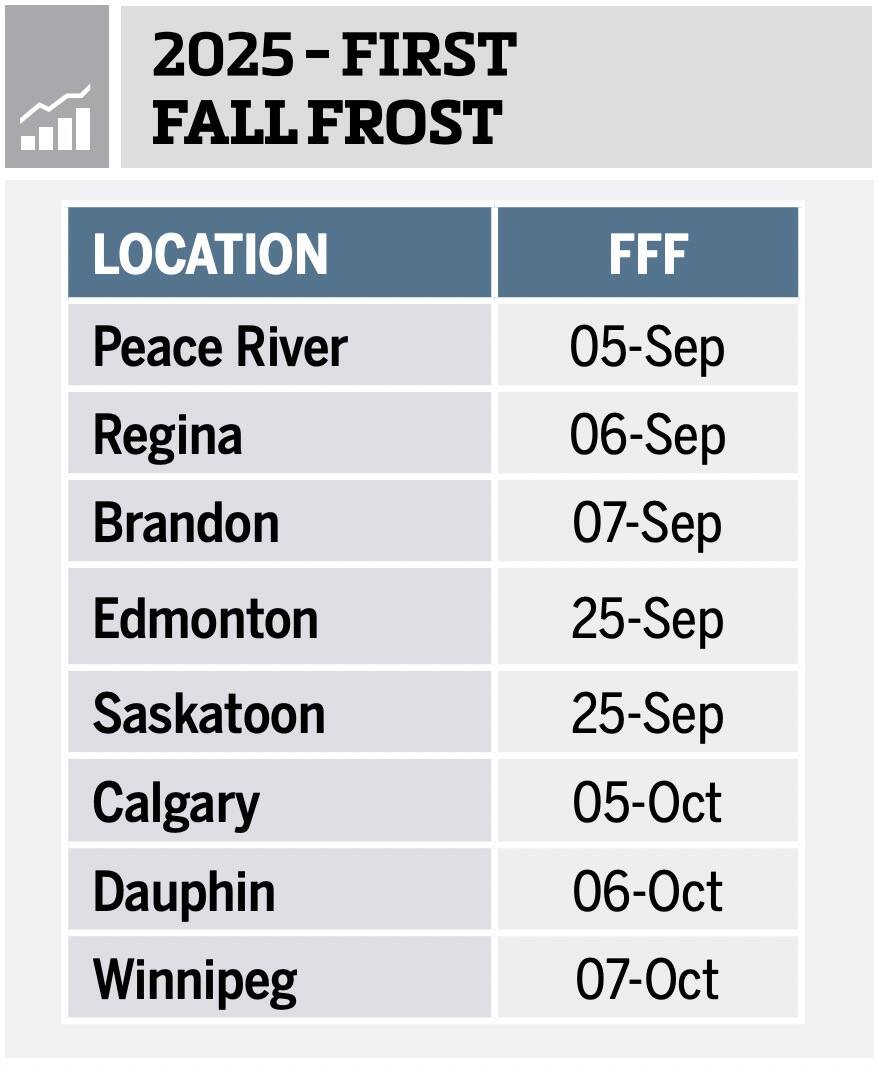
Put these two frost dates together, and we get the length of the frost-free season. Since most locations saw an earlier-than-average last spring frost and a later-than-average first fall frost, it makes sense that the length of the frost-free season right across the Prairies was longer than average.

Winnipeg and Calgary had the longest frost-free seasons at 153 and 152 days respectively. This was nearly one month longer than the long-term average. Peace River, Regina and Brandon had the shortest frost-free season at 117 and 123 days respectively, which was still a few days longer than average.
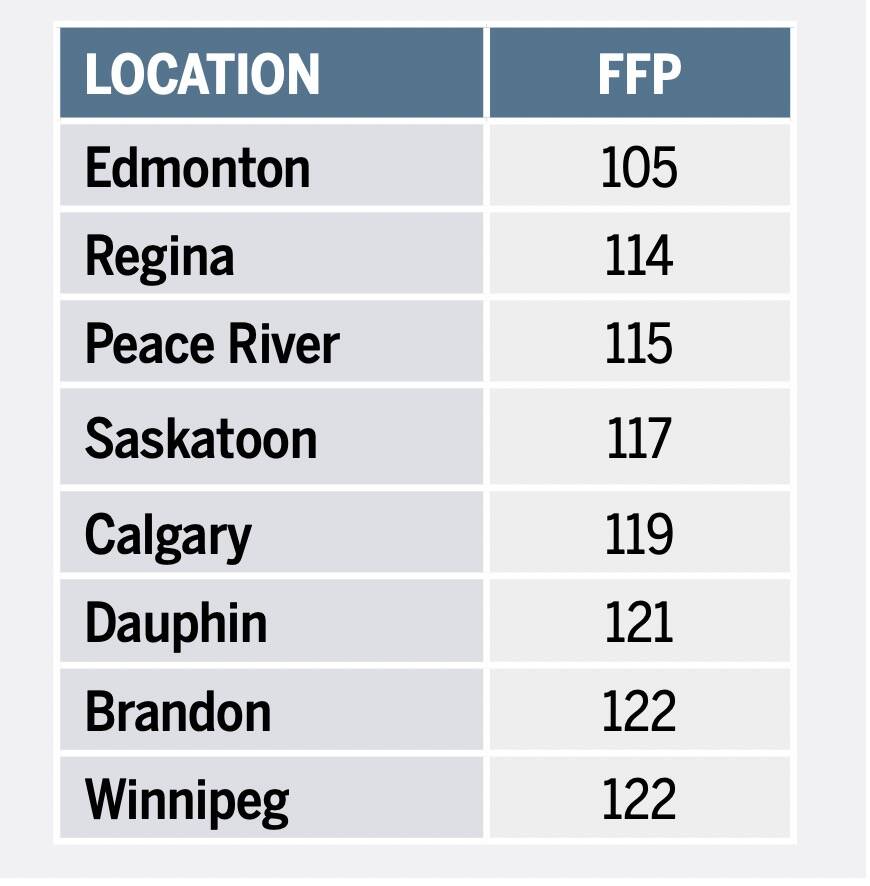

It could be argued that Peace River actually had a 140-day frost-free season as they recorded their first fall frost on Sept. 5, but that frost was only -0.1 C. If we ignored that date then their first fall frost did not occur until Sept. 28. Saskatoon, Edmonton and Dauphin saw their frost-free season range from 131 to 135 days which is about 15 to 20 days longer than average.
READ MORE: Daniel Bezte’s frost data from 2024
I should note that for Edmonton I used the airport station for the data as that is the location with the longest record. Environment Canada is using the Blatchford site on their website which, I find, is usually reporting temperatures several degrees warmer than the airport site.
That about sums up the frost-free season for 2025, now let’s take a look at Arctic and Antarctic ice conditions.
Up north in the Arctic, this year’s minimum ice extent occurred on Sept. 10, which was four days earlier than the 1981-2010 average. The minimum was 4.6 million square kilometres which placed 2025 in tenth place for lowest ice extent.
To put this in perspective, the 1981-2010 average minimum is around seven million square kilometres.
Looking southward to the Antarctic, the winter maximum occurred on Sept. 17, which was six days earlier than average. The maximum ice extent topped out at 17.81 million square kilometres which was the third-lowest maximum in the 47-year satellite record, coming in at 740,000 square kilometres larger than the record low year set in 2023.


